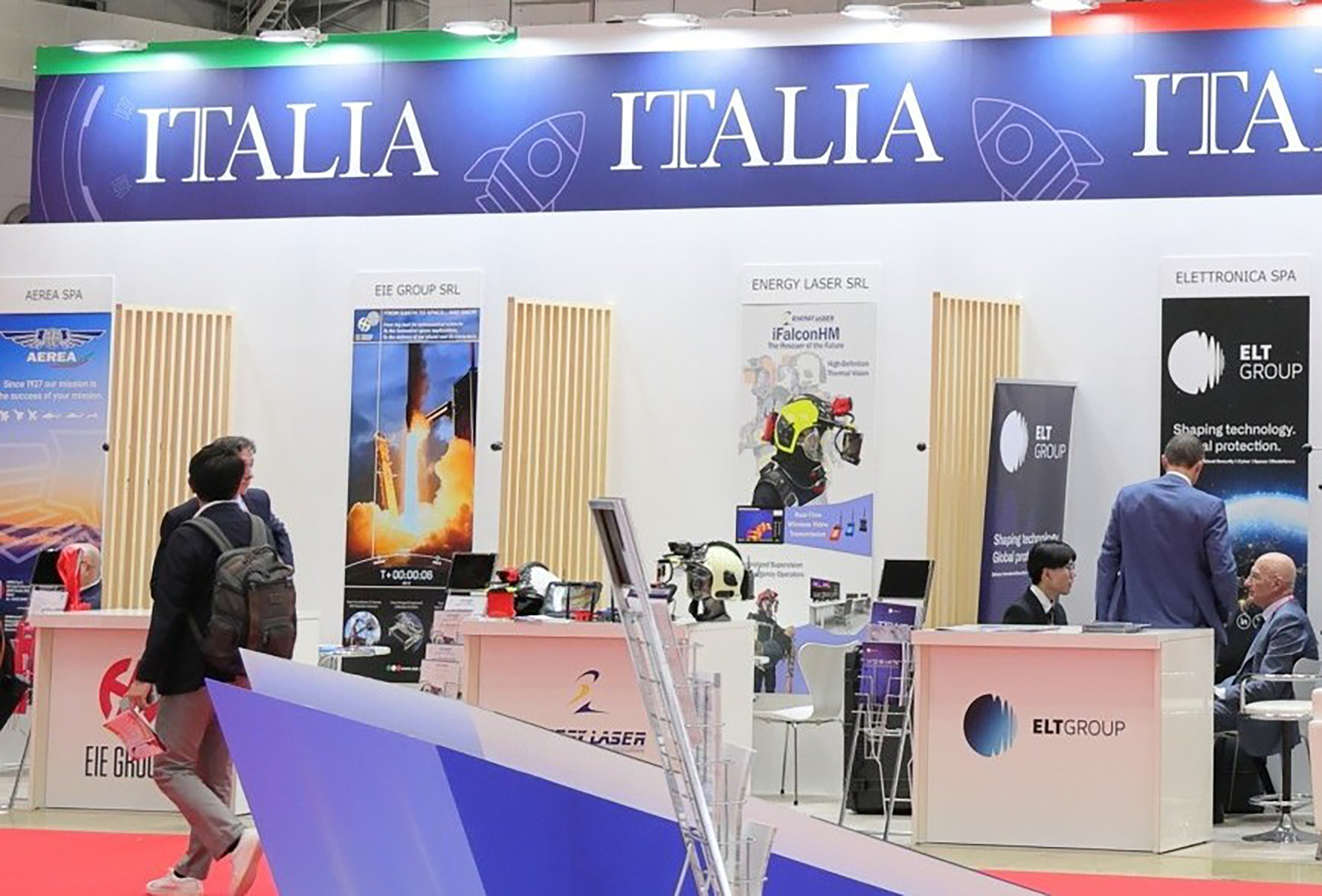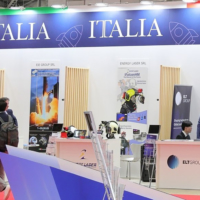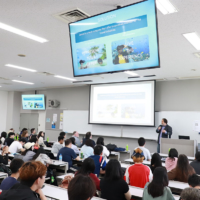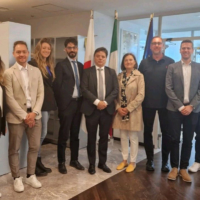The Italian Trade Agency believes its mission is not only to open doors but to build lasting bridges of trust and innovation.
It has been more than 150 years since relations between Japan and Italy officially began, and for Trade Commissioner to Japan Gianpaolo Bruno, this relationship is only moving forward.

“Our mission in Japan is twofold,” he said. It is “to expand the presence of Italian enterprises in the Japanese market and to attract Japanese investments and strategic partnerships into Italy.”
To most people in Japan, the mention of Italy conjures up images of travel, fashion and, above all, food. While these are important aspects of trade, there is much more to the relationship. “We are also a global leader in sectors like precision engineering, medical technologies, robotics, fintech and green mobility,” Bruno said. “Italy hosts one of the most dynamic startup ecosystems in Europe, with strong government support for innovation and internationalization.”
Forging new partnerships
One goal of the ITA is to diversify Italy’s portfolio of exports into Japan, and to enable Japanese partners to discover this innovative and forward-looking “other Italy.” The agency is also working to develop long-term collaborative partnerships with Japan, such as industrial joint ventures and cooperative research and development, particularly in decarbonization, digital transformation and similar fields.
Entering a new overseas market can be a daunting challenge for businesses in any industry, navigating complex legal codes and industry standards, stringent expectations of new business partners, unfamiliar workplace practices and unique consumer preferences, to say nothing of language and culture barriers. This works in both directions, Bruno said.
“Japan is a market that rewards patience, cultural sensitivity, and long-term commitment,” he said. “Italian companies must adapt to high standards of quality, punctuality and after-sales service.
“On the other hand, Japanese companies venturing into Italy should embrace the importance of creativity, design thinking and the value of building trust-based relationships.”
To help Italian firms entering the Japanese market, the agency provides services such as detailed market intelligence, regulatory and legal guidance, sector-specific reports, tailored business-to-business matchmaking, participation in trade shows and innovation forums, and long-term promotional campaigns. “We have supported Italian firms across a wide spectrum of industries,” Bruno said.
“For instance, several Italian medical technology companies have successfully entered into distribution agreements and joint development projects with Japanese counterparts, particularly in areas such as diagnostic devices and surgical robotics. In the fashion and lifestyle sectors, Italian brands have launched flagship stores and e-commerce platforms tailored to the preferences of Japanese consumers, often with our assistance in navigating local marketing channels and building brand awareness.”
The ITA also assists in establishing R&D partnerships that have produced innovative new breakthroughs.
“Italian startups in AI (artificial intelligence), smart mobility and blockchain have secured partnerships with Japanese incubators, universities and corporate venture funds as part of our acceleration programs. These success stories demonstrate the effectiveness of a collaborative, well-informed approach — and the mutual benefits that emerge when Italian creativity and excellence meet Japanese precision and long-term vision,” Bruno explained.
The ITA’s bridge-building work also goes in the opposite direction, with their Foreign Direct Investment Desk in Tokyo advising Japanese firms looking for partnerships and investment opportunities in Europe and guiding them through the entire process.
Acting as a gateway to the European single market, the agency seeks out Japanese companies whose profiles align with Italy’s priority sectors, including robotics, mobility, energy transition, life sciences and advanced materials, and assists in arranging joint business ventures as well as corporate-academic R&D collaborations.
Italian ideas inspire expo
Currently, Bruno and the ITA are busy with Expo 2025, which is being held in Osaka until October. Described as “a laboratory for future society,” the event features over 50 official participant pavilions, where nations showcase their commitment to answering global challenges. In addition to promoting efforts to fulfill the U.N.’s 17 strategic development goals, the expo is an opportunity for Japan to promote its “Society 5.0” national strategy to develop a human-centered society that grows sustainably and resolves social issues through technology.
The Italy Pavilion at the expo “offers an immersive and visionary expression of Italy’s identity, rooted in creativity, innovation and sustainability,” Bruno said. Featuring multimedia installations, immersive experiences and interactive exhibits, the pavilion takes visitors “on a journey through Italy’s most significant contributions to global challenges, from the energy transition and circular economy to advanced technologies in health care, mobility and smart cities.”
The pavilion also features a comprehensive program of seminars, conferences and cultural events, including a special focus on Italy’s many varied regions.
“Visitors will be invited to explore the richness and diversity of Italy’s territories, discovering how local identities contribute to national excellence,” Bruno said. These included the Calabria region during April, with a focus on urban development and investment from Japanese food companies, followed by the Lazio region in May, which focused on investment opportunities in aerospace, culture (including the movie industry), medical technology and tourism. Regional initiatives from the Veneto and Toscana regions have also been featured at the expo.
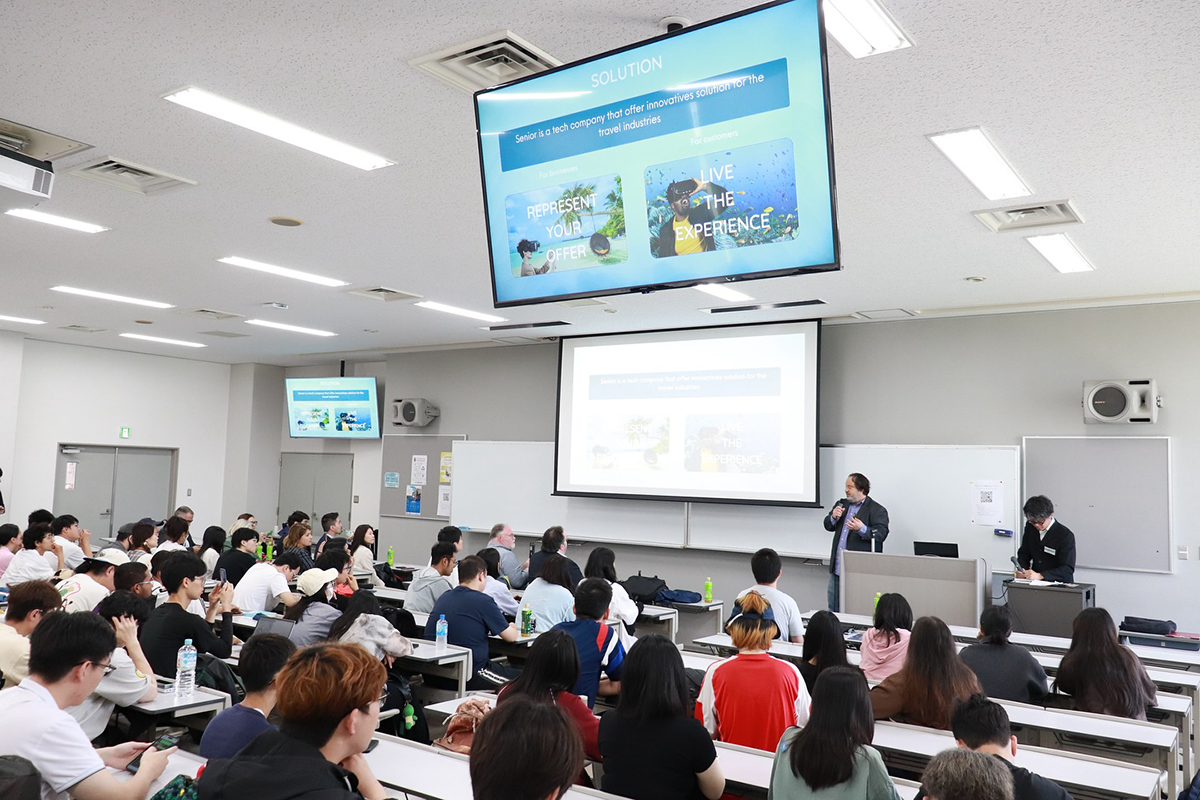
Business and trade promotion
But the expo is far from the only thing on the agency’s plate. One initiative it is strongly promoting is the Acceleration Program for Sardinia Start-up in Japan, a six-month program designed to “bring a select group of innovative startups from the Sardinia region into the Japanese market, with the goal of creating sustainable, cross-border innovation pipelines between Italy and Japan.” The program, which focuses on six high-potential startups in agricultural technology, blockchain, AI and cleantech, includes tailored mentoring, business matching, legal and regulatory advisement and participation in tech fairs and investor events in Japan.
The ITA is also taking an active role in promoting Italian science, technology, engineering and math ventures. At Tokyo Innovation Base in May, they organized a large-scale display for the Lazio region that featured over 50 companies. In June, 17 Italian firms in health care and medical technology were represented at the Japan Health exhibition in Osaka.
The ITA is also participating in a wide range of trade events and Japan-based initiatives, he said. In September, 14 Italian game companies will be showcasing their work at the Tokyo Game Show with the assistance of the ITA and the Italian Interactive Digital Entertainment Association. Earlier this year, the ITA worked with the Tokyo Metropolitan Government and the Emilia-Romagna Regional Government by helping Italian firms from the region participate in SusHi-Tech Tokyo, where firms working in digital transformation, the Internet of Things, AI and other fields shared their solutions to Tokyo’s urban sustainability challenges. The ITA will also be working with the region’s exhibit during Smart Factory Week in September.
Bruno said, “Each of these companies brought forward cutting-edge solutions, further strengthening the image of Italy as a hub for innovation and high-value-added expertise.”
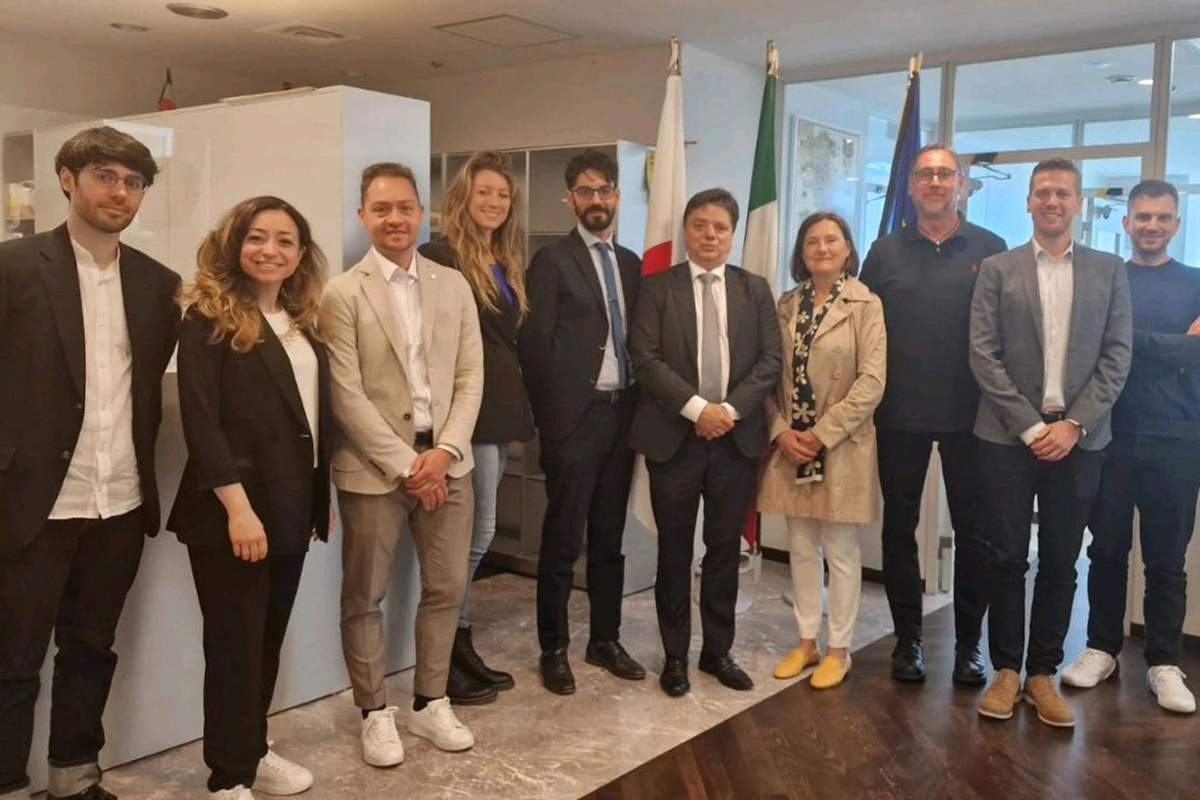
This article is sponsored by the Italian Trade Agency.
Italian Trade Agency
Address: Shin Aoyama Building West Tower, 16F, 1-1-1 Minami Aoyama, Minato-ku, Tokyo 107-0062
Phone: +81-3-3475-1401
E-mail: [email protected]
URL: https://www.ice.it/en/



